Entry Category: Events - Starting with B
 B-25 Bomber
B-25 Bomber
B-25 Bomber Crash of 1947
B-25 Bomber Crash of 1948
B-26 Bomber Crash of 1944
B-26A Bomber Crash of 1942
aka: Crash Site of AC 41-744
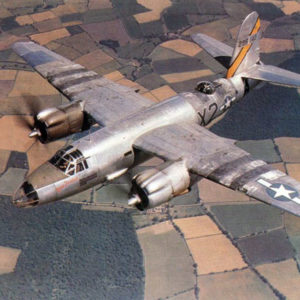 B-26C Marauder
B-26C Marauder
B-47 Bomber Crash of 1960
Bailey’s, Affair at
aka: Affair at Crooked Creek
Batesville after Freeman’s Command, Expedition from
Batesville Expedition
Batesville to Denmark, Fairview, Hitcher’s Ferry and Bush’s Ford, Scout from
Batesville to Devil’s Fork of the Little Red River, Expedition from
Batesville to Elgin, Expedition from
Batesville to near Searcy Landing, Expedition from
Batesville to West Point, Grand Glaize, Searcy Landing, etc., Scout from
Batesville, Skirmish at (February 4, 1863)
Batesville, Skirmish at (May 3, 1862)
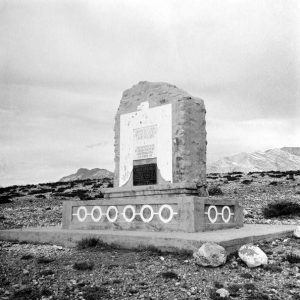 Battle of Buena Vista Memorial
Battle of Buena Vista Memorial
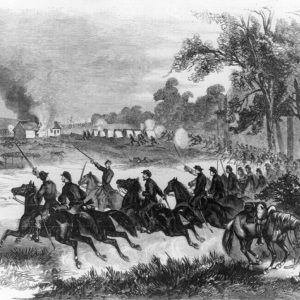 Battle of Honey Springs
Battle of Honey Springs
 Battle of Reed's Bridge
Battle of Reed's Bridge
 Elisha Baxter's Forces at Pine Bluff
Elisha Baxter's Forces at Pine Bluff
Bay of Pigs Invasion
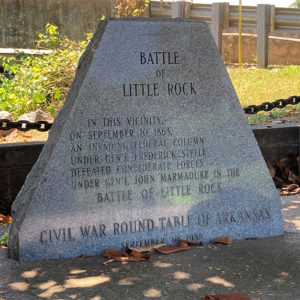 Bayou Fourche Commemorative Marker
Bayou Fourche Commemorative Marker
Bayou Fourche, Engagement at
aka: Battle of Little Rock
Bayou Meto, Action at
aka: Action at Reed's Bridge
Bayou Meto, Skirmish at (February 24, 1865)
Bayou Meto, Skirmish near (February 17, 1865)
Beatty’s Mill, Skirmish at
Bellefonte, Scouts from
Bennett’s Bayou and Tolbert’s Mill, Operations about
Benton Road, Skirmish at (July 19, 1864)
aka: Skirmish at Little Rock (July 19, 1864)
Benton Road, Skirmish at (March 23–24, 1864)
Benton Road, Skirmish on the (January 22, 1865)
Benton, Affair at
Benton, Skirmish at (August 18, 1864)
Benton, Skirmish at (December 1, 1863)
Benton, Skirmish at (July 6, 1864)
Bentonville, Action at
Bentonville, Skirmish at
Berryville Expedition
aka: Carrollton Expedition
aka: Huntsville Expedition
Berryville, Reconnaissance to (March 3–7, 1862)
Big Indian Creek, Skirmish at
aka: Skirmish at Big Creek
aka: Skirmish at Indian Creek
Big Lake Expedition
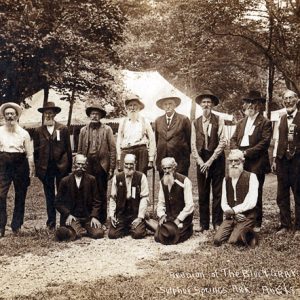 Blue and Gray Reunion
Blue and Gray Reunion
Boggs’ Mills, Skirmish at
Branchville, Skirmish at
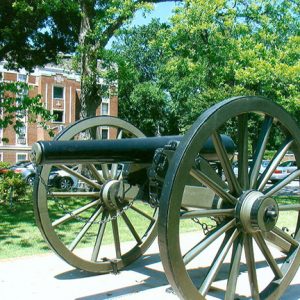 Brooks-Baxter War Cannon
Brooks-Baxter War Cannon
 Brooks-Baxter War
Brooks-Baxter War




